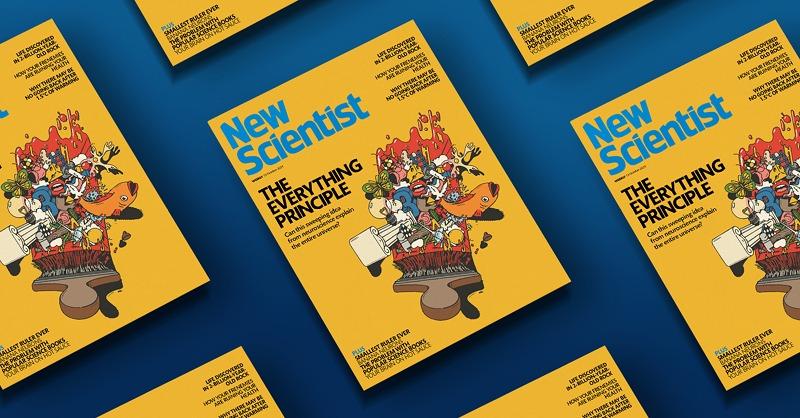


The best place to find out what’s new in science – and why it matters
198 χρήστες τους αρέσει
0 Δημοσιεύσεις
0 τις φωτογραφίες μου
0 Videos



